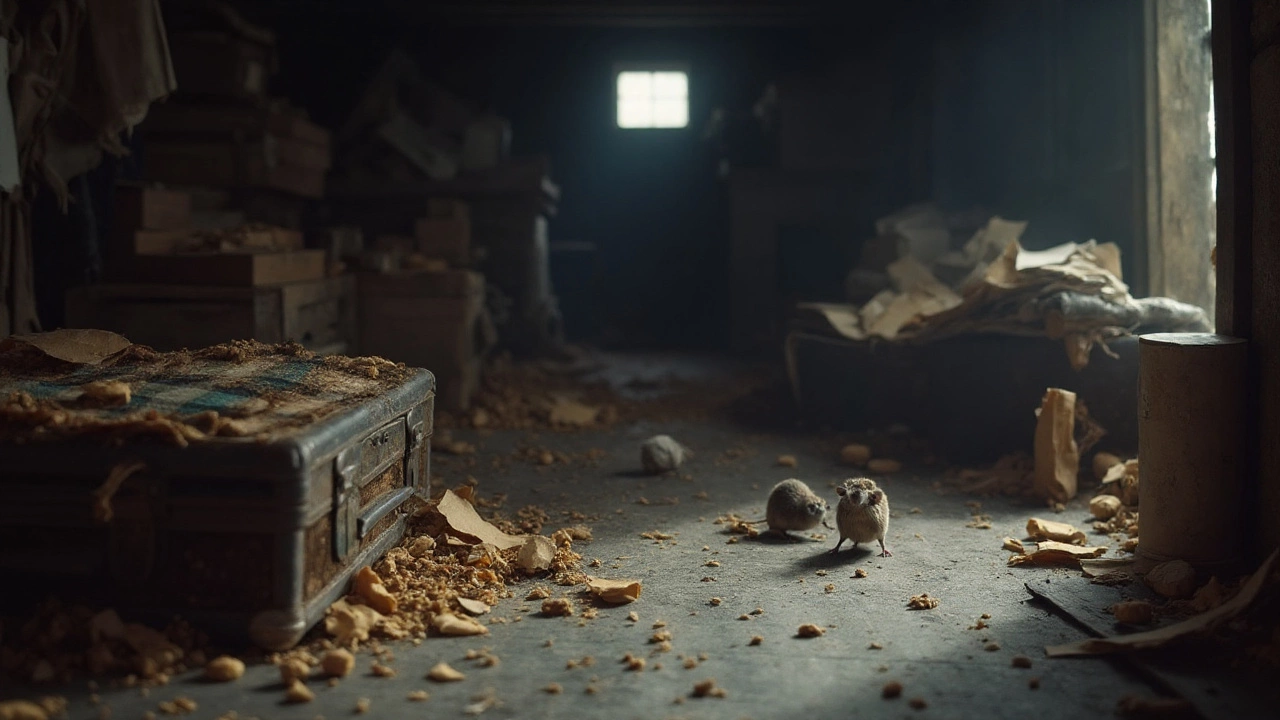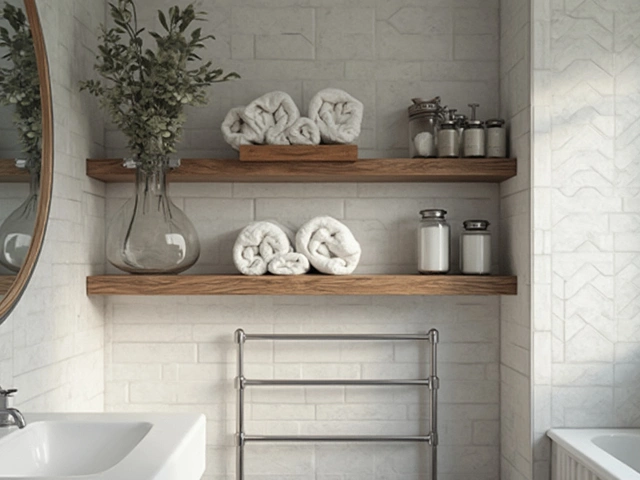Mice in Storage Units – What You Need to Know
If you’ve ever opened a storage box and found a mouse scurrying around, you’re not alone. Small, hungry rodents love the quiet, dark corners of storage units because food crumbs, paper, and cardboard are an all‑you‑can‑eat buffet. The good news? You can stop them before they turn your valuables into a mess.
Why Mice Love Storage Spaces
Mice are drawn to places that give them shelter, easy access to food, and a clear path to hide. A storage unit often has all three: cardboard boxes that double as nesting material, forgotten food wrappers that smell like a banquet, and gaps under doors or vents that let them slip in. They’re also great at squeezing through tiny cracks – a gap the size of a pencil is enough for a mouse to squeeze through.
Another factor is temperature. Mice seek warm spots in winter and cool, dry spots in summer. A unit that stays at a steady 60‑70°F (15‑21°C) is practically a mouse hotel year‑round. Once a few get in, they leave scent trails that invite more of the gang.
Practical Steps to Keep Mice Out
First, seal every opening. Use steel wool or copper mesh to fill gaps around doors, vents, and any pipe entry points. Heavy‑duty weather stripping works well on rolling doors. Remember, mice can chew through soft materials like rubber, so go for metal‑based solutions.
Second, clean up. Before you store anything, wipe down shelves and sweep the floor. Remove any food packaging, pet treats, or even cereal boxes that still have crumbs. If you must store food, use airtight containers – plastic bins with snap‑lids are cheapest and most effective.
Third, choose the right storage unit. Look for facilities that run regular pest‑control inspections and have solid concrete walls. If a unit feels damp or has a musty smell, it’s a red flag – moisture attracts rodents.
Fourth, set simple traps. Snap traps or humane catch‑and‑release traps work well if you place them along walls, behind boxes, and near suspected entry points. Bait with peanut butter or oats – mice love both. Check traps daily and dispose of any caught rodents promptly.
Finally, keep an eye on your belongings. If you notice shredded paper, gnaw marks, or droppings (tiny black specks), act fast. Early detection means you can set more traps and re‑seal any new gaps before the problem spreads.
By combining a clean storage routine, sealing potential entryways, and a few well‑placed traps, you’ll make your unit far less inviting to mice. It’s not about spending a lot of money – it’s about being consistent and proactive. Your stored items will stay safe, and you’ll avoid the headache of dealing with a full‑blown infestation.






